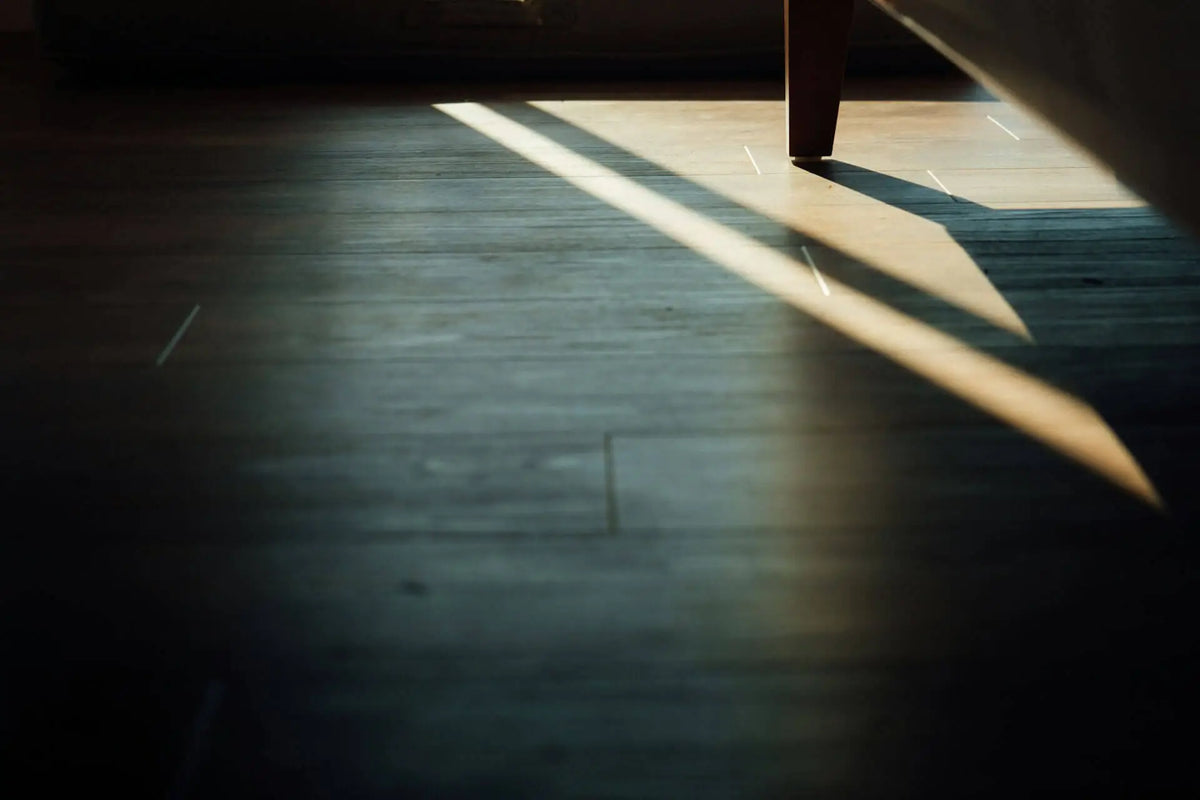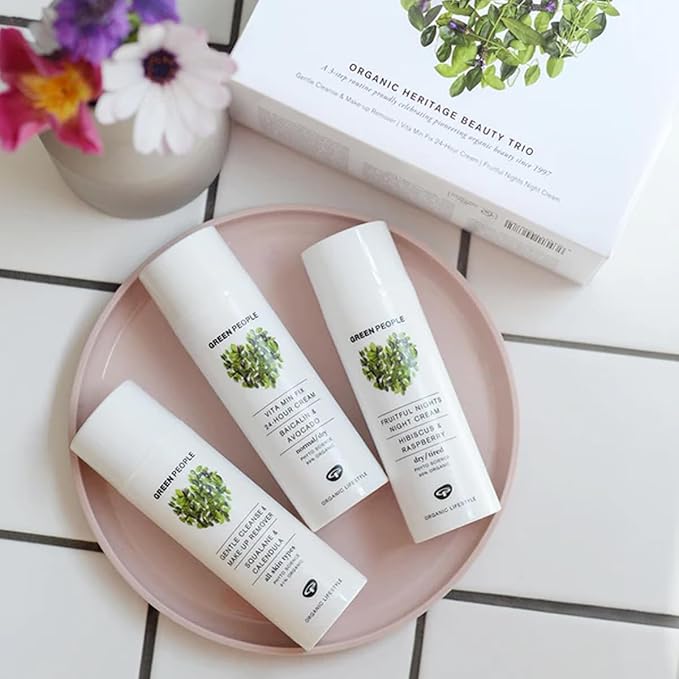At Friendly Turtle’s EcoBlog, we explore how to host outdoor events that leave lasting memories not environmental damage. From choosing the right location and managing waste, to water conservation, eco-conscious food service, and transport solutions, this guide offers practical, sustainable strategies for reducing your event’s ecological footprint. Thoughtful planning not only protects local ecosystems but also improves guest experience and cuts long-term costs. Whether you're organising a festival, fair, or private gathering, discover how to make your event greener and more responsible without compromising on impact or enjoyment.
Share your articles with us and get published! Reach out at hello@friendlyturtle.com.
Luxury Vinyl Flooring Installation: A Beginner's Eco-Friendly Guide

Luxury Vinyl Flooring (LVF) is a hot trend in flooring and with good reason! If you are looking for an affordable, realistic-looking, and durable floor to install in a high-traffic area, or hope to increase the resale value of your home, luxury vinyl flooring is a great choice.
Understanding Luxury Vinyl Flooring
What Is Luxury Vinyl Flooring?
Luxury Vinyl Flooring or LVF is a generic term for multi-layer, printed, and embossed finish flooring. It’s made to look and feel like natural materials such as wood or stone. It has a light and detailed construction that’s resilient that you would expect from flooring to take everyday use. It's also made to withstand moisture making it great for areas such as bathrooms and kitchens.
Luxury Vinyl Plank vs. Luxury Vinyl Tile
There are two types of LVF: Luxury Vinyl Plank (LVP) and Luxury Vinyl Tile (LVT). The LVP gives that natural visual wood look. LVT, on the other hand, will look like stone or ceramic tiles for the high-end look.
Benefits of Luxury Vinyl Flooring
It’s an ideal choice for moisture-prone areas like the kitchen and bathroom. Sweeping, mopping, or vacuuming is possible using everyday items around your home. With various styles, you will likely choose the best luxury vinyl flooring for your specific décor.
Preparing for Installation
Gathering the Necessary Tools and Materials
You will need a utility knife, tape measure, spacers, straight edge, and the flooring. If using the glue-down installation method, you will need to ready your floor cleaner, tripper, adhesive, and lap roller.
Be sure to get the exact kind and amount of LVF needed for the job. When measuring your space, purchase slightly more than you need, as you will be cutting to fit and will need a little extra.
Preparing the Subfloor
Check the subfloor for cracks, holes, and unlevel areas. Clear all dust, dirt, and any traces of previous adhesives off the surface. If there are imperfections, use a self-leveler on the floor. Some LVF products require an underlayment, particularly those installing LVF on a concrete subfloor.

Installation Methods
Floating Floor vs. Glue-Down Installation
There are two possible methods to install LVF: the floating (click-lock) or glue-down technique. A floating floor involves attaching the planks/tiles by the edges and “floating” the units on top of the subfloor without adhesive. The glue-down method requires sticking the LVF down using a specialized adhesive. The installation lasts long and is strong but takes time.
Step-by-Step Installation Guide (Floating Floor Method)
- Let the vinyl acclimate to room temperature for at least 48 hours. This helps reduce expansion and shrinking post-installation.
- Measure the room and choose a layout that will help you minimize waste and make the floor look more natural. Make sure to stagger the planks/tiles in different rows for stability and aesthetics.
- Next, measure and cut the planks/tiles and place them accordingly. The tiles need to be cut to fit the space.
- Now, place the first row of planks/tiles down the longest length of the wall and make sure they are straight, taut, and well-made.
- Click and lock the planks/tiles together, adding a spacer to the walls so that a small gap is left for expansion and contraction.
- Add transition strips and baseboards to ensure a professional-looking finished project.
Step-by-Step Installation Guide (Glue-Down Method)
- Choose the proper adhesive and apply it in an even coat with a notched trowel, working in sections.
- Press each plank/tile firmly into the adhesive, ensuring alignment.
- Use a floor roller to apply steady pressure so it can bond well and achieve a secure fit.
Post-Installation Care
Allowing the Floor to Set
After LVT installation, let the floor sit. For glue-down installation, keep it away from foot traffic for at least 24 hours. This will help the adhesive to dry completely.
Cleaning and Maintenance Tips
For luxury vinyl flooring to last long, you will need to clean it. Make sure you sweep or vacuum daily to maintain its beauty. Mop it once a week with a damp mop and clean stains with a soft hand. Don’t use harsh chemicals on the surface as they will burn off the protective layer.
Troubleshooting Common Installation Issues
Gaps and Lifting
If you have gaps between your planks or if your tiles are popping up after installation, you haven’t acclimated the flooring properly or it may be issues with an uneven subfloor. To repair this, remove the problem pieces and correct the issue. Then, replace the LVF.
Dealing with Imperfections
Sometimes, the most cautious installer can make a mistake. If something goes awry, fix the position of your planks or tiles using a heat gun. This will break the bond of the adhesive or your click-lock installation. Then, you can correct the issue.
Conclusion
Take a weekend and turn the floors of your home into something beautiful and long-lasting. You must take your time and prepare the floor properly for the very best results. Whether you go with floating or glue-down installation, your new flooring in Warrington will deliver looks and life.
0 comments
Let customers speak for us
Blog posts
At Friendly Turtle’s EcoBlog, we explore natural ways to manage arthritis and improve daily life without relying solely on medication. From maintaining a healthy weight to embracing low-impact exercise and an anti-inflammatory diet, these gentle yet effective habits can reduce pain and support joint health. Quality sleep, often overlooked, is also essential in relieving discomfort and promoting healing. This guide offers practical, natural tips for easing arthritis symptoms while working in harmony with medical advice. With a balanced approach and a mindset of wellness, life with arthritis can become more manageable and hopeful.
At Friendly Turtle’s EcoBlog, we believe that enjoying the great outdoors goes hand-in-hand with protecting it. Whether it’s a peaceful walk, a weekend of camping, or a coastal escape, sustainable outdoor living allows us to connect with nature while preserving it for others. This guide explores simple, effective ways to reduce your environmental impact like using eco-friendly gear, cooking responsibly, conserving water, and following Leave No Trace principles. Each conscious choice helps safeguard the natural world. Through EcoBlog, we aim to inspire thoughtful adventures that give back to the planet, one trip at a time.



